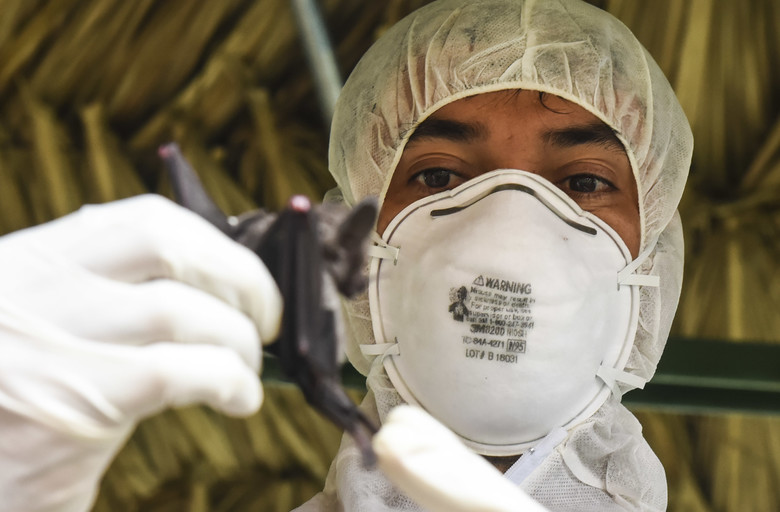Newly Discovered Bat Viruses in China Raise Pandemic Concerns

Researchers from several Chinese universities, in collaboration with international experts, have identified 20 new viruses and two henipaviruses closely related to the deadly Nipah and Hendra strains in bats located in Yunnan province, China. This study, published in PLOS Pathogens on June 25, 2025, highlights the potential threat these viruses pose to human health, with fatality rates for henipaviruses reaching as high as 75% in some cases.
The research team collected kidney samples from 142 bats across ten species between 2017 and 2020, revealing 22 viral species, including the new viruses. The discovery of Yunnan bat henipavirus 1, which shares up to 71% genetic similarity with the notorious Nipah and Hendra viruses, has raised alarms among scientists and public health officials alike.
Dr. Vinod Balasubramaniam, a molecular virologist and one of the study's authors, noted that the presence of these viruses in bat kidneys is particularly concerning due to the proximity of bat habitats to rural villages. "Bats roost in orchards, meaning their urine could easily contaminate local fruit and water supplies, increasing the risk of human exposure," Balasubramaniam stated.
Henipaviruses have a well-documented history of causing severe neurological and respiratory illnesses in humans. Nipah outbreaks have been reported in Malaysia and Bangladesh, while Hendra virus cases have emerged in Australia. The implications of these findings are significant, especially considering that the first known case of COVID-19 was identified in Wuhan, China, in late 2019.
Experts such as Dr. Alison Peel, an ecologist not affiliated with the study, have emphasized the need for laboratory testing to assess the potential for these newly discovered henipaviruses to infect human or livestock cells. "While many henipavirus relatives may not pose an immediate threat, the genetic similarities warrant further investigation," she remarked.
The study serves as a critical reminder of the ongoing risks posed by zoonotic diseases, particularly as human encroachment into wildlife habitats continues to rise. "This is a wake-up call for public health systems to strengthen monitoring and prevention measures," stated Dr. Peel.
To mitigate potential risks, experts recommend enhancing local health infrastructure, educating communities about safe practices such as boiling water and covering fruits, and increasing microbial monitoring, especially in areas where bats reside.
These discoveries underscore the importance of continued vigilance in monitoring wildlife diseases to prevent potential outbreaks in human populations. As the emergence of new viruses remains a pressing global health concern, proactive measures and international cooperation are essential to safeguard public health.
In conclusion, the identification of these new bat viruses in China not only highlights the ongoing threat posed by zoonotic diseases but also calls for immediate action to better understand and manage the risks associated with wildlife interactions. As the world continues to grapple with the lasting impacts of COVID-19, the lessons learned from this study may prove invaluable in preparing for future pandemics.
Advertisement
Tags
Advertisement





